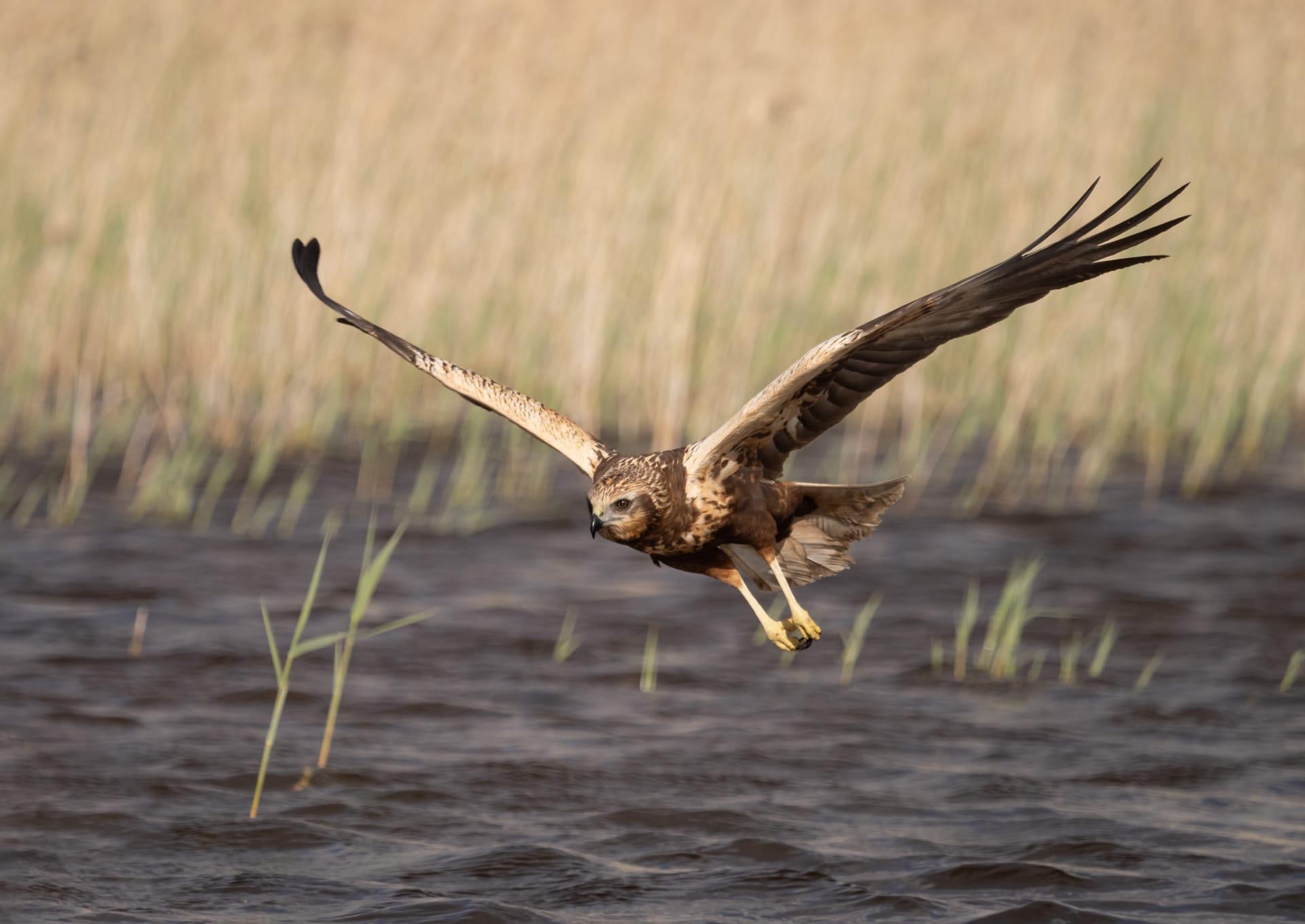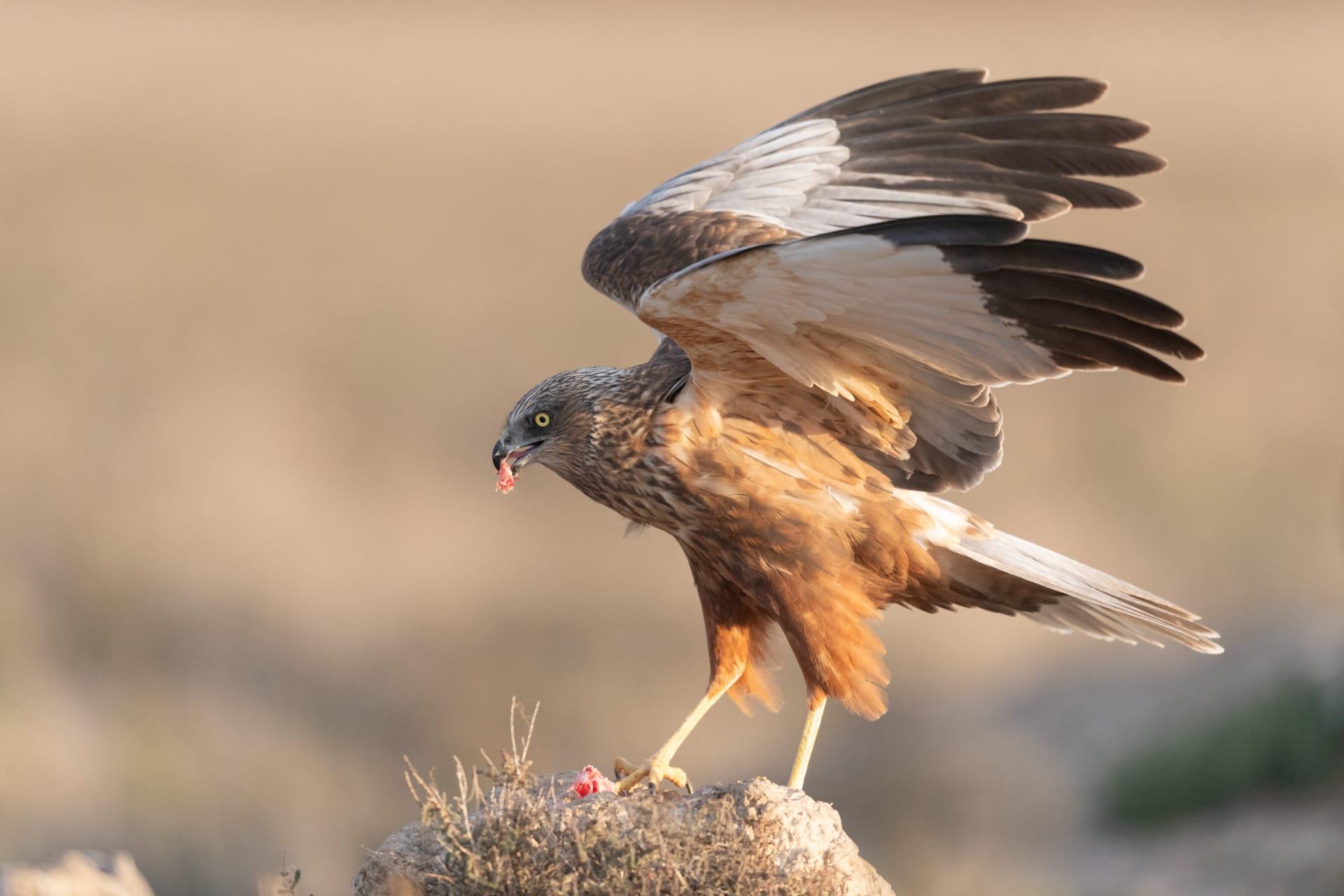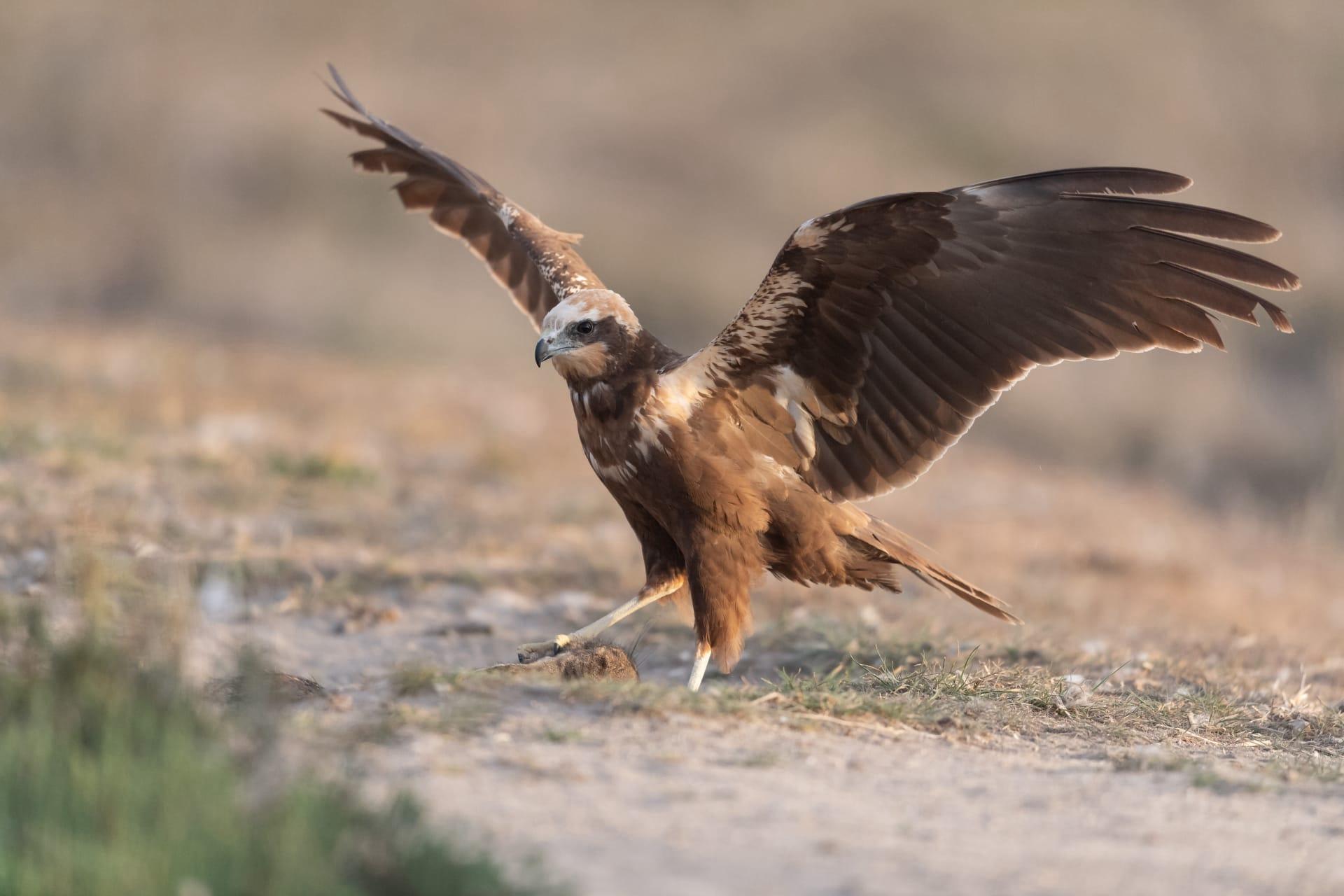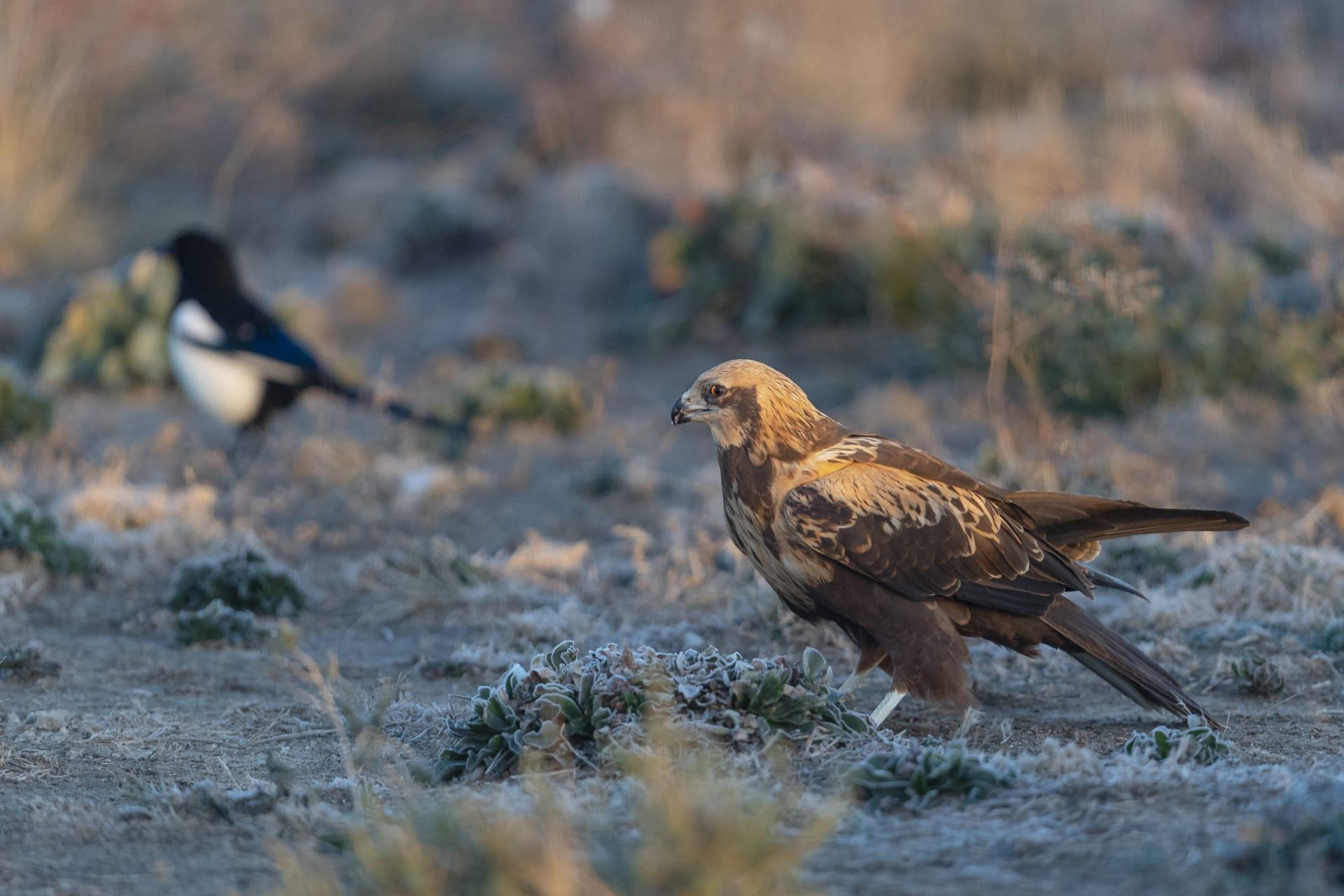Harrier Characteristics
- Home /
- Mini Encyclopedia /
- Animal /
- Harrier Characteristics
1
Harriers, a group of agile birds of prey, are known for their distinctive body structure and remarkable lifespans. An adult harrier typically spans about 45 to 55 centimeters in length with a wingspan ranging from 97 to 122 centimeters, showcasing a moderate size in the raptor world. These birds are relatively lightweight, usually weighing between 300 to 750 grams. Harriers have a life expectancy that can impressively reach up to 15 years in the wild, a testament to their resilience and adaptability.
One of the most unique organs of a harrier is its highly adapted eyes. These birds possess an extraordinary vision, with their eyes being large in proportion to their head. Harrier eyes are designed for sharpness and can detect movements and contrasts from great distances. This ability is crucial for their hunting lifestyle, allowing them to spot prey from high above the ground. The structure of their eyes, which includes a high density of light-sensitive cells, gives them an exceptional field of view and depth perception, making them efficient predators.

2
Question: What distinguishes the flight pattern of harriers compared to other birds of prey?
Answer: Harriers are renowned for their unique flight pattern, which is characterized by a distinctive, low and slow gliding movement just above the ground. Unlike other raptors who soar high, harriers utilize this technique to hunt, taking advantage of the element of surprise. Their flight is almost owl-like, silent and stealthy, allowing them to approach their prey undetected. This flight pattern is facilitated by their broad wings and light body, giving them the agility and control needed to maneuver through dense vegetation and surprise their prey.

3
Harriers exhibit fascinating movement characteristics, especially in their flight behavior. They are known for their remarkable agility in the air, capable of swift turns and sudden drops. This agility is crucial for their hunting strategy, allowing them to navigate through different terrains with ease. Additionally, harriers have a unique hovering ability, often seen when they are scanning the ground for prey. This hovering is achieved with minimal wing flapping, showcasing their energy-efficient flight mechanics.
When it comes to hunting, harriers have developed a distinct set of traits. They primarily feed on small mammals, birds, and insects, which they catch with their sharp talons. Harriers hunt by flying low over fields and marshes, using their acute hearing and vision to detect prey. Once spotted, they drop swiftly and silently onto their target. This hunting method is particularly effective in open areas where their low flight goes unnoticed by prey until it's too late.

4
Harriers are adaptable birds, capable of thriving in a variety of environments. They predominantly inhabit open areas such as marshes, meadows, and fields. These environments provide them with ample hunting opportunities and the open space needed for their low flight hunting technique. Harriers are also found in coastal regions and can adapt to living in both temperate and tropical climates, showcasing their versatile nature.
In terms of reproduction, harriers display unique nesting behaviors. They are ground-nesters, often building their nests in dense vegetation to protect their eggs and young from predators. The female harrier lays between 3 to 5 eggs, which are incubated primarily by her while the male provides food. The breeding season sees a remarkable collaboration between the male and female, with the male performing elaborate aerial displays to attract a mate. The young harriers are fledged within a month and quickly learn the skills required for survival.

5
Book: "The Harrier's World: A Comprehensive Guide" by James O. Richardson (United States, 2001) offers an extensive insight into the life of harriers. Richardson, an ornithologist, combines years of field research with accessible writing to paint a vivid picture of these birds. The book covers various species of harriers, their habitats, behaviors, and conservation status. It's particularly noteworthy for its detailed descriptions of harrier hunting techniques and migration patterns.
Book: "Wings of the Harrier" by Emma L. Johnston (United Kingdom, 1998) delves into the ecological significance of harriers. Johnston, a wildlife biologist, presents a compelling narrative on the role of harriers in different ecosystems. The book explores their interactions with other species, their adaptation strategies, and the challenges they face due to habitat loss and climate change. It's a captivating read for anyone interested in avian ecology and conservation efforts.